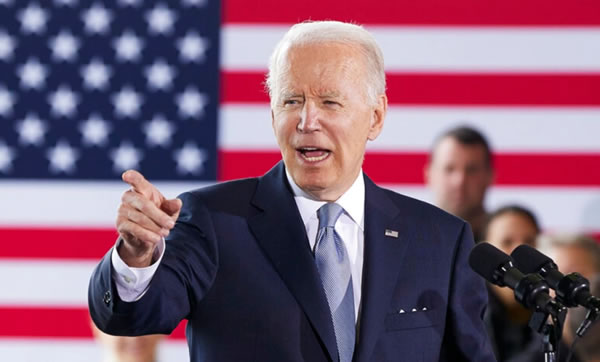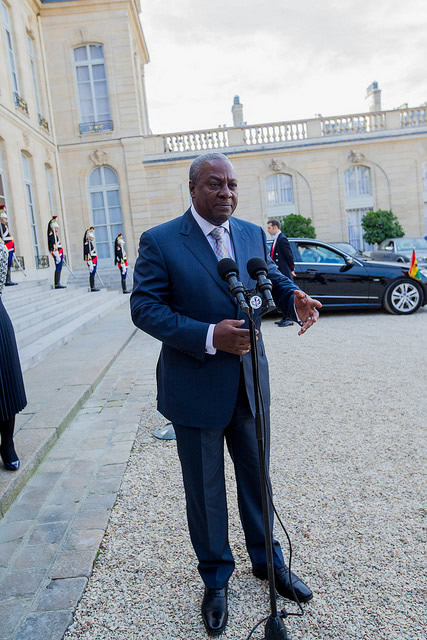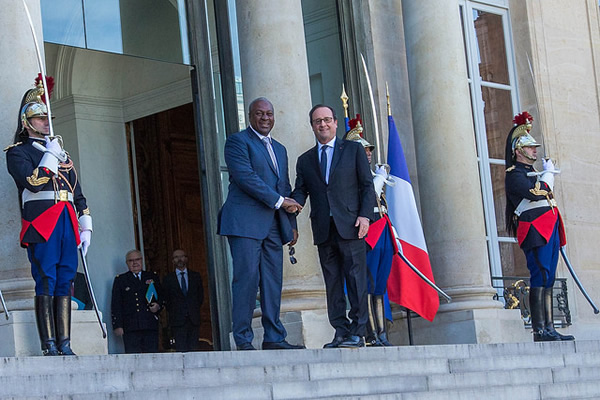
U.S. President Joe Biden is to announce the release of 15 million barrels of oil from the U.S. strategic reserve on Wednesday, part of a response to recent production target cuts announced by OPEC+ nations. He is also to say that more oil sales are possible this winter, as his administration rushes to be seen as fighting gas prices ahead of next month’s midterm elections.
Biden will deliver remarks Wednesday to announce the drawdown from the strategic reserve, senior administration officials said Tuesday on the condition of anonymity to outline Biden’s plans. It completes the release of 180 million barrels authorized by Biden in March that was initially supposed to occur over six months. That has sent the strategic reserve to its lowest level since 1984 in what the administration called a bridge until domestic production could be increased. The reserve now contains roughly 400 million barrels of oil.
Additional releases of oil possible
Biden will also open the door to additional releases this winter in an effort to keep prices down. But administration officials would not detail how much the president would be willing to tap, nor how much they want domestic and production to increase by in order to end the drawdown.
Biden will also say that the U.S. government will restock the strategic reserve when oil prices are at or lower than $67 to $72 a barrel, an offer that administration officials argue will increase domestic production by guaranteeing a baseline level of demand. Yet the president is also expected to renew his criticism of the profits reaped by oil companies — repeating a bet made this summer that public condemnation would matter more to these companies than shareholders’ focus on returns.
It marks the continuation of an about-face by Biden, who has tried to move the U.S. past fossil fuels to identify additional sources of energy to satisfy U.S. and global supply as a result of disruptions from Russia’s invasion of Ukraine and production cuts announced by the Saudi Arabia-led oil cartel.
The prospective loss of 2 million barrels a day — 2% of global supply — has prompted the White House to say Saudi Arabia is siding with Russian President Vladimir Putin and to pledge there will be consequences for supply cuts that could prop up energy prices. The 15 million-barrel release would not cover even one full day’s use of oil in the U.S., according to the Energy Information Administration.
The administration could make a decision on future releases a month from now, as it requires a month and a half for the government to notify would-be buyers.
Biden still faces political headwinds because of gas prices. AAA reports that gas is averaging $3.87 a gallon. That’s down slightly over the past week, but it’s up from a month ago. The recent increase at prices stalled the momentum that the president and his fellow Democrats had been seeing in the polls ahead of the November elections.
Even if voters want cheaper gasoline, expected gains in supply are not materializing because of a weaker global economy. The U.S. government last week revised downward its forecasts, saying that domestic firms would produce 270,000 fewer barrels a day in 2023 than was forecast in September. Global production would be 600,000 barrels a day lower than forecast in September.
Production still at pre-pandemic levels
The hard math for Biden is that oil production has yet to return to its pre-pandemic level of roughly 13 million barrels a day. It’s about a million barrels a day shy of that level. The oil industry would like the administration to open up more federal lands for drilling, approve pipeline construction and reverse its recent changes to raise corporate taxes.
The administration counters that the oil industry is sitting on thousands of unused federal leases and says new permits would take years to produce oil with no impact on current gas prices. Environmental groups, meanwhile, have asked Biden to keep a campaign promise to block new drilling on federal lands.
Source: voanews.com























